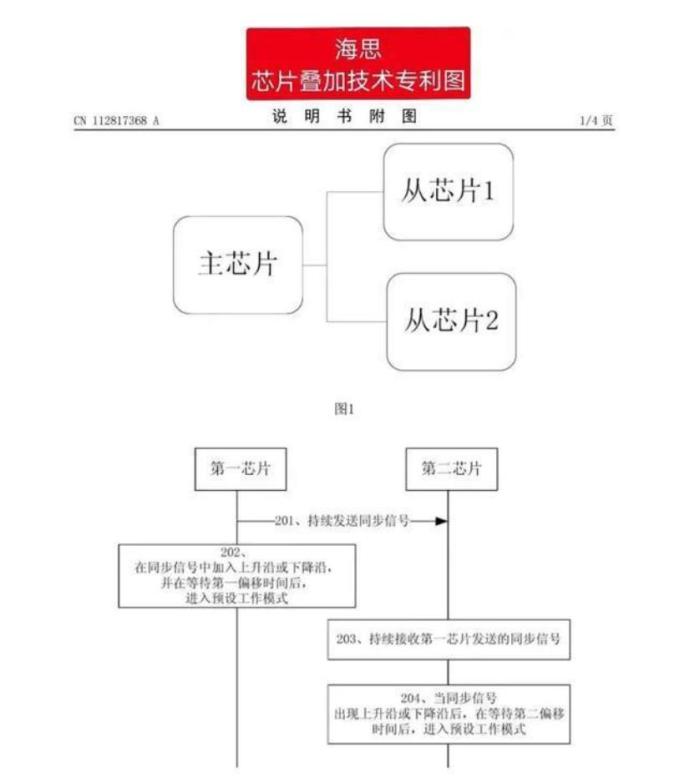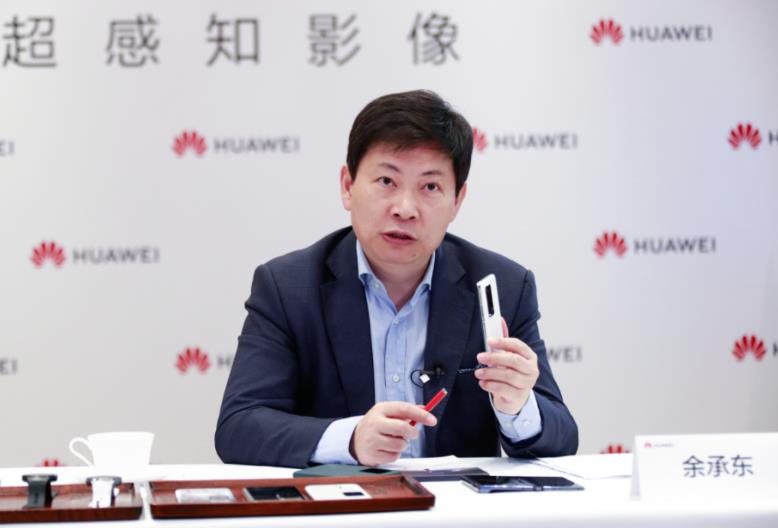@Hendrik_2000 bro A follow up on your post, Huawei Hisilicon had made tremendous progress on their 14nm 3D chiplet program and the timeline of its introduction is 2023.

Huawei's technological breakthrough, 14nm superimposed to 7nm performance
Affected by the chip supply cut, Huawei's mobile phone market share has plummeted, and the proportion of sales in the Q1 quarter has fallen out of the top five. When the chip cannot be mass-produced, market rumors that HiSilicon will not be able to continue to work. Fortunately, the official has broken the deadlock and will continue to support HiSilicon to move forward. There is no profit target for it. As long as HiSilicon can be supported, it will be straightforward. Keeping it up, this makes the majority of pollen breathe a sigh of relief. Huawei has not stopped developing chips, and 3nm Kirin chips are under development. In addition to the development of Kirin processors, HiSilicon also has Honghu, Lingxiao, Kunpeng, Balong, etc., which are used in various industries.
China can mass produce 14nm
Huawei can go where it is today. Self-developed chips are its core competitiveness, rather than relying on overseas chips like other manufacturers. However, the current high-process Kirin chips cannot be mass-produced. Where is the road for Huawei's mobile phones? There is good news from the front that Huawei has overcome various difficulties, and the Kirin chip may be put into production again, superimposing 14nm to 7nm, thereby doubling the performance. Well-known bloggers have exposed the information that China already has the capability to mass produce 28nm chips independently, and 14nm chips are expected to start mass production next year. Don't underestimate this process. At present, there are no more than 6 countries with 14nm mass production capacity, and China is one of them.
Domestic chips usher in an inflection point
In terms of usage scenarios, 14nm and 28nm chips are more widely used and can basically meet the needs of all walks of life, such as automobiles, TVs, headphones, etc. These process chips are already a bit luxurious, but the mobile phone industry that everyone usually touches the most. At present, it has moved towards the 5nm process. In fact, 5nm, 7nm or 10nm chips are used in electronic products very small. From the chip manufacturing level, the domestic SMIC can already mass produce 14nm, and the yield rate is still very good, it can allow China to achieve self-sufficiency in chips. Wen Xiaojun, director of the Institute of Electronic Information, also confirmed this, 28nm will be a new starting point for China's 100% domestic chips.
Huawei breakthrough technology
Various signs indicate that Huawei will Nirvana from Phoenix, Kirin chips are expected to be put into production in China, and the mobile phone business is expected to recover. What is exciting is that, in order to enhance the chip strength, Huawei HiSilicon is developing a chip stacking technology that can form a 1 + 1> 2 effect. For example,
after stacking 14nm chips, the performance reaches the 7nm level, and the chip side is solved. Shortcomings, of course, Huawei has not responded to market rumors. Faced with the problem of chip shortages, in addition to increasing research and development, Huawei also began to embrace the global supply chain and reached a cooperation with Qualcomm. It is said that the next generation of Huawei P50 is expected to upgrade the Snapdragon 888 processor, but it is limited to the 4G version to maintain it. Mobile phone business.
In the first half of this year, some media reported that Huawei HiSilicon had applied for a patent for chip stacking technology.
According to the patent, Huawei HiSilicon is studying to superimpose two relatively backward chips to form a 1+1>2 effect, achieving performance comparable to advanced technology chips.
To give a simple example, such as two 14nm chips, the performance after stacking is comparable to 7nm or even 5nm chips.
However, afterwards, this overlay technology did not see Huawei HiSilicon using it, so many people just watched it. After all, this technology is a bitch for ordinary enterprises. Why do you use two backward chips? Superposition, high cost, poor heat dissipation, and high power consumption, is it better to use an advanced chip directly?
However, this technology is actually really useful for Huawei. After all, Huawei's current advanced chips cannot be found by TSMC. Only some mature technology chips can be found.
Recently, a blogger revealed a piece of information, saying that Huawei will release the Mate50 series of mobile phones in the first half of next year, which will include a Qualcomm chip version and a Kirin chip overlay version.
The Qualcomm chip will use the Snapdragon 898 chip, but it should only have 4G capabilities. Since the Kirin 9000 chip is basically exhausted,
the Kirin chip version may use dual 14nm chips and use superposition technology to achieve 7nm or even 5nm performance.
Of course, such dual-chip mobile phones may not be launched too much. After all, it is just Huawei's attempt. If the trial is good and accepted by users, then Huawei will be able to find a way to manufacture mobile phones that does not rely on high-end chips in the future.
Of course, this news is not known true or false, but it may not be impossible. After all, the chip stacking technology is theoretically feasible, but in fact, it is still necessary to solve the problems of mobile phone thickness, power consumption, and heat generation.





